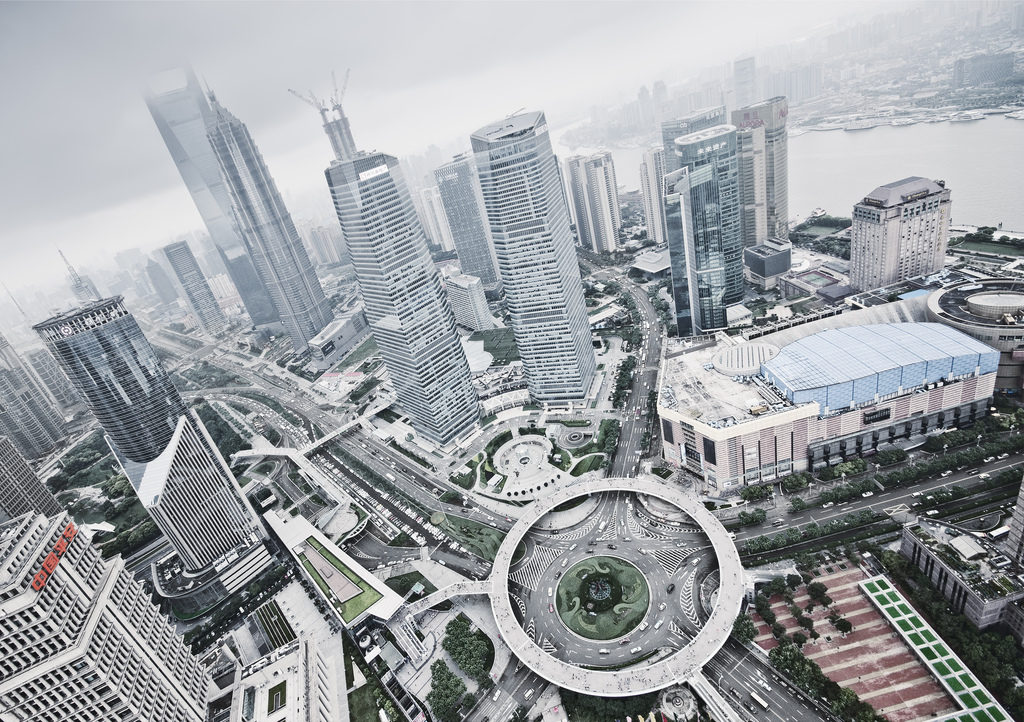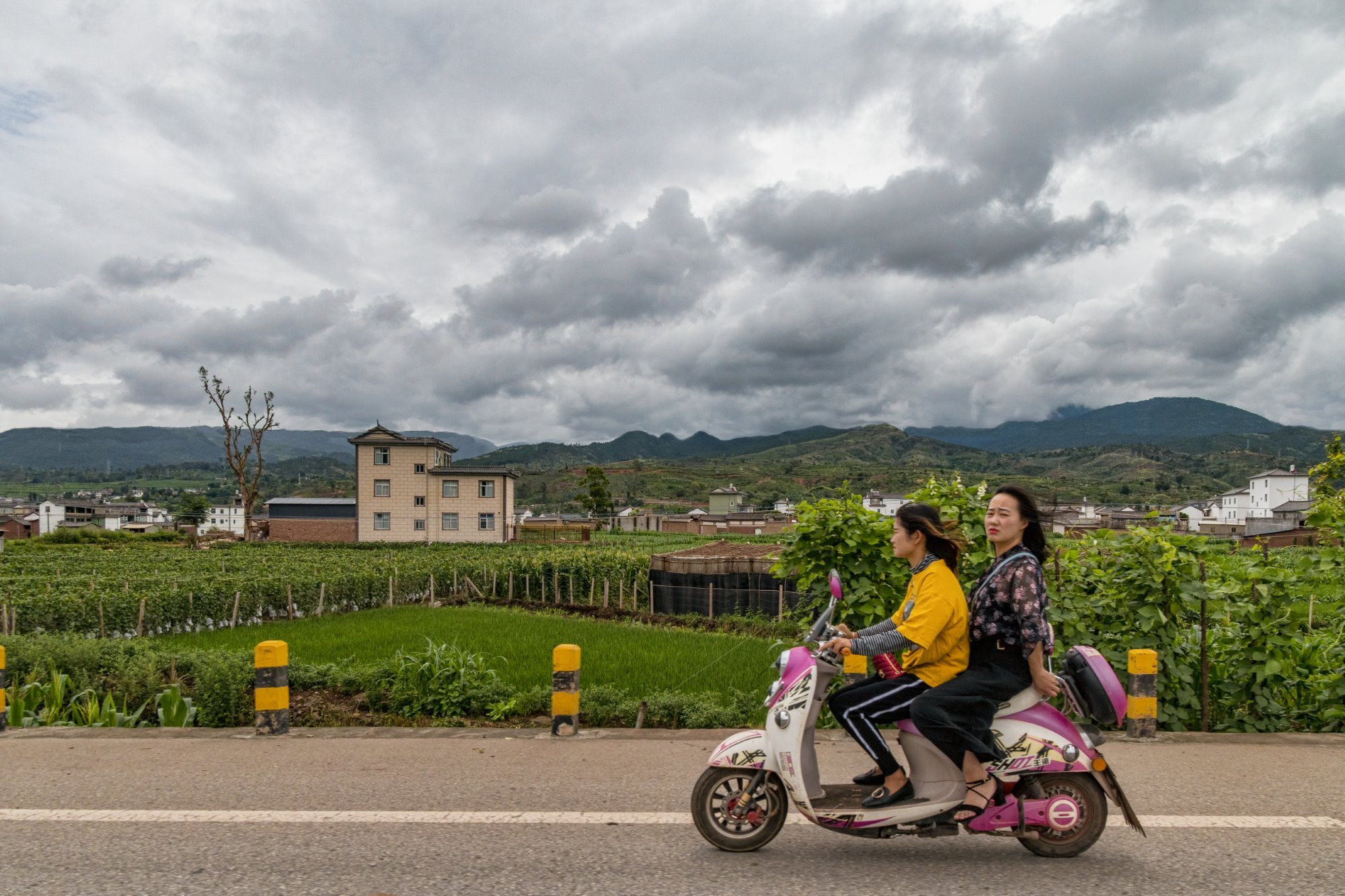
China’s Unparalleled Economic Development
China’s development and economic growth over the past four decades has been nothing short of phenomenal. Over 800 million people have been lifted out of poverty. China’s GDP has increased 82 times to $12.24 trillion , and the country is predicted to overtake the US as the world’s top economy soon.
The Cultural Revolution

China’s development is all the more remarkable when one recalls the chaos and economic turmoil which ravaged the country between 1966 and 1976.
China’s Cultural Revolution officially came to an end in 1976, when Mao Zedong, the founding father of the People’s Republic of China, died. In 1976, the country was in tatters. The economy had been crippled. Millions of people were suffering from chronic malnutrition. China’s GDP per capita was lower the African average.
Economic Reforms
Deng Xiaoping spearheaded China’s economic transformation. He introduced pragmatic, market-based reforms which brought economic modernisation. What is most interesting about Deng’s successful reforms, is that they were inspired by the actions of an impoverished group of law breaking farmers from eastern China.
Despite being situated on fertile plains near the Yangtze River the farmers in Xiaogang village , Anhui Province, were starving. Their desperate state as a result of the forced collectivisation of farming which had been introduced during the Great Leap Forward.
Inadvertently, collectivisation had disconnected farmers from their land and corroded incentives for working the fields. Farmers were aware that the government would provide an equal wage to them all, regardless of how productive, or unproductive, they were. Many farmers slacked off, crop yields fell, government handouts fell, motivation dropped further and malnutrition became a widespread problem.
In desperation, twenty families in Xiaogang Village signed a secret agreement to divide communally owned farmland into individually managed pieces of land. By doing so, the responsibilities and rewards of farming returned to individual families.
This bold act was completely against the policies of the Communist party. These actions could have resulted in severe punishments for the farmers and their families. In the year following these changes, the amount of grain being planted nearly doubled. The village soon began producing a surplus crop. Neighbouring villages learned of Xiaogang’s secretive reforms and began to follow suit. These reforms, which were later encouraged by central government kickstarted China’s economic revolution.
China’s Ambitious 1980s

In the 1980s, more ambitious reforms were introduced, including the establishment of China’s first, “special economic zone” in Shenzhen. This reform transformed a small fishing village into a manufacturing and shipping hub.
Today Shenzhen is China’s four richest city and is challenging Silicon Valley for dominance of the global technology sector.
As China’s has economy grown, so too did the nation’s aspirations. During the Cultural Revolution, Chinese citizens had aspired to ‘three bigs’, a bicycle, a wristwatch and a sewing machine. By the 1980s these ‘three bigs’ had become a refrigerator, a washing machine and a television.
The 1990s
The 1990s saw the pace of industrialisation further increase. China diversified and begun producing automobiles, aircraft, electronics, semiconductors and software.
In December 1990, the Shanghai Stock Exchange reopened for the first time since 1949. This put a greater incentive on businesses to increase efficiency and productivity, as shareholders sought investments which were secure and profitable. It’s been argued that the reopening of the stock market was a key factor in the rise of China’s middle class.

21st Century China
Modern day China is a vibrant, dynamic country with modern metropolises, historic centres, 21st century conveniences and traditional beliefs. Manufacturing continues to be of huge importance, 80% of the world’s air-conditioners, 70% of the world’s mobile phones and 60% of the world’s shoes are made in China. However, the country is continually embracing more innovative technologies.
China is fast becoming the world’s largest cashless society. Apps are being used to pay for everything from noodles, to taxis, to university tuition fees. The country also supports a booming sharing economy, a huge e-commerce sector. China’s modern infrastructure also includes exceptional transport systems. The country has the world’s most extensive high speed rail networks running the world’s fastest trains.

China’s economic development in the 21st Century shows little sign of abating. The country is investing heavily in education and research and development. China has registered the world’s highest number of patents for past seven years.
Furthermore, the country’s leaders have embarked on an ambitious, and somewhat controversial, Belt and Road Initiative. China’s development will benefit from modernising the ancient Silk Road trade routes, connecting more than 60 countries in Asia, Europe, Africa and the Middle East, and further boost China’s ability to trade across these continents.
China’s Space Exploration
China’s recent success with Chang’e 4 space mission to the dark side of the moon, underlines China’s bold space ambitions .

The Chinese Space Agency is now planning to send a rover to Mars in 2020. They plane to launch the China’s own space station in 2022 and establish itself as a ‘major space power ’ by 2030. Accomplishments which would be absolutely astonishing for a country in which 600 million people lived in poverty just 40 years ago.